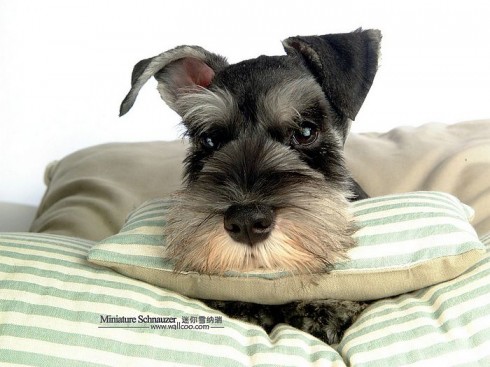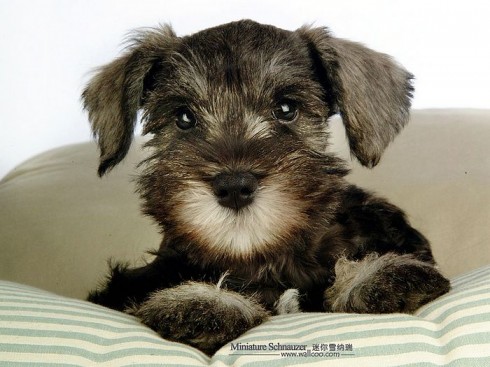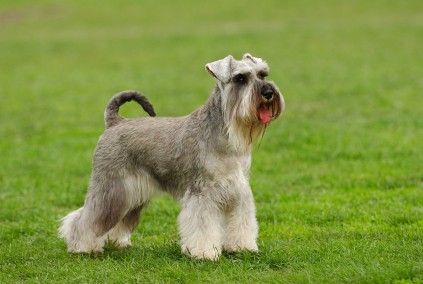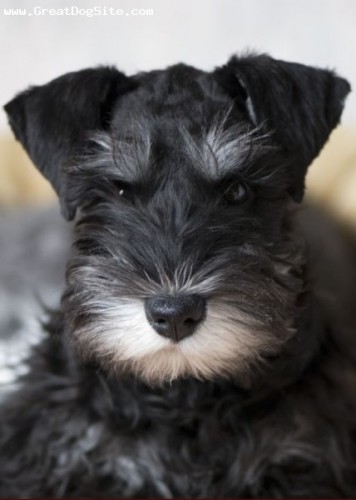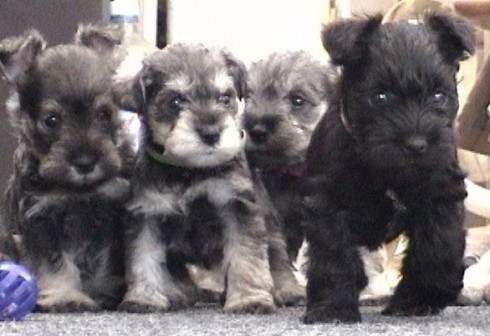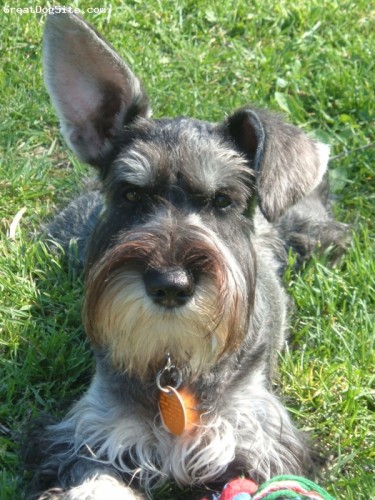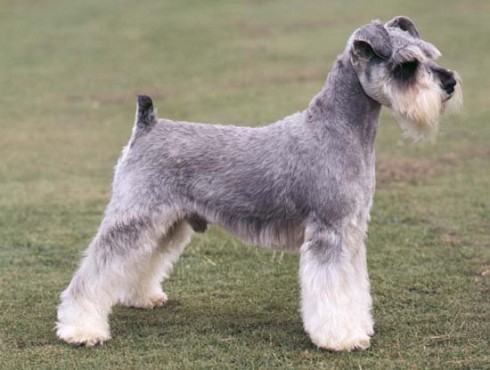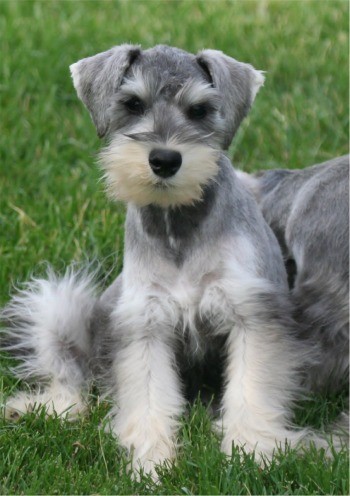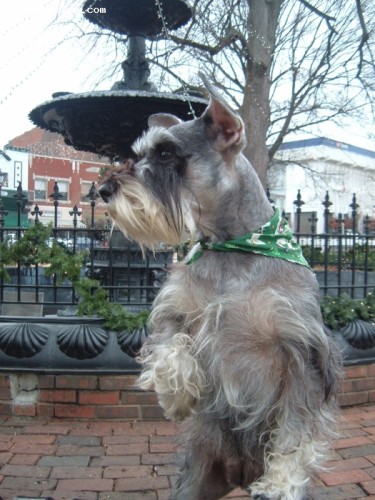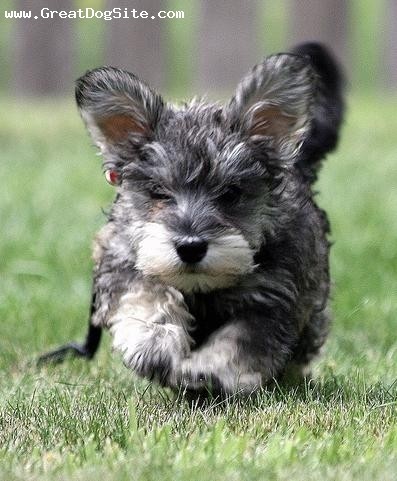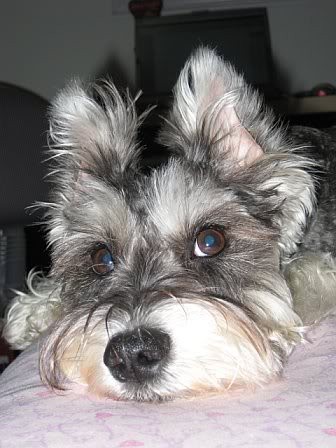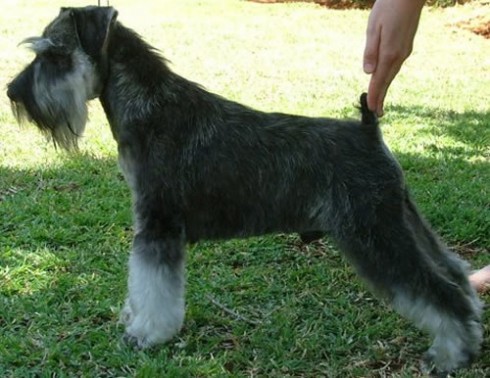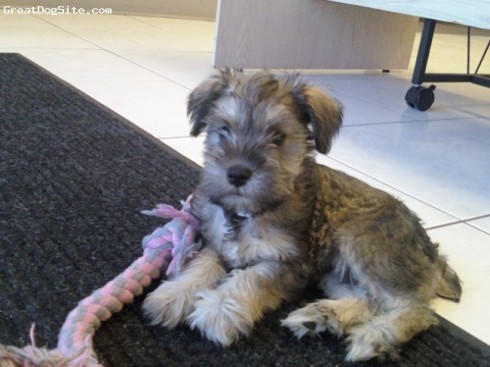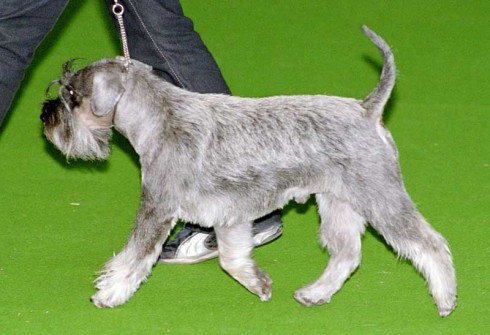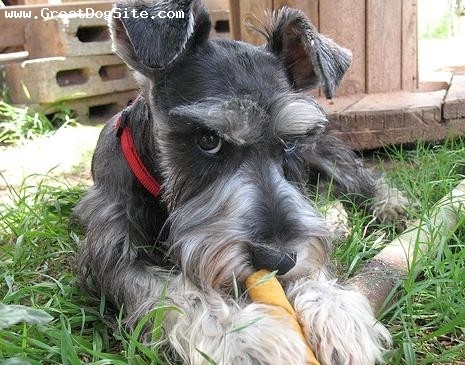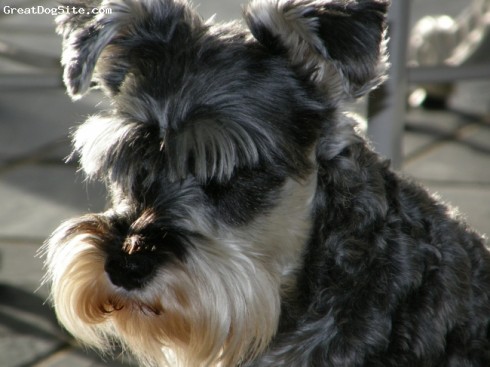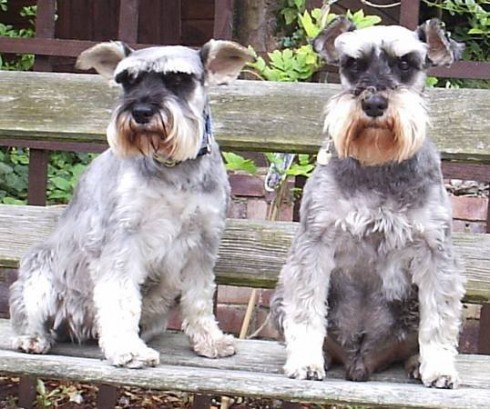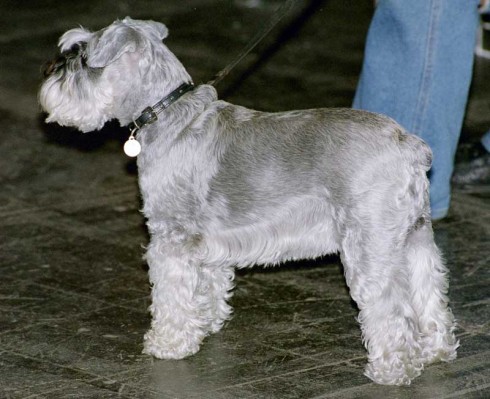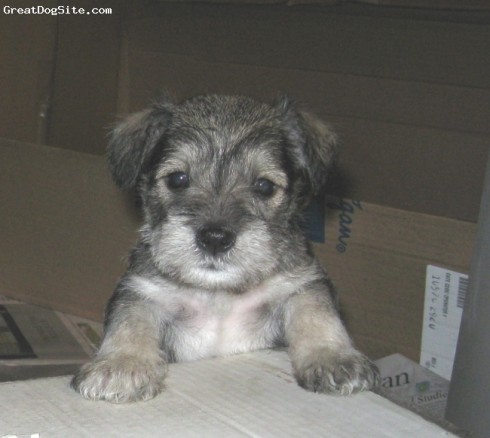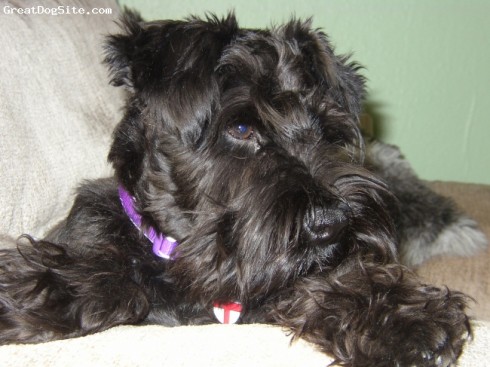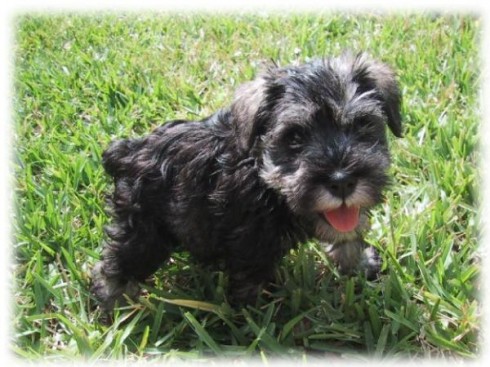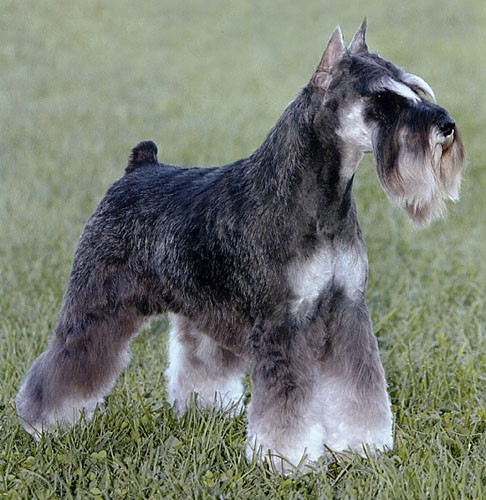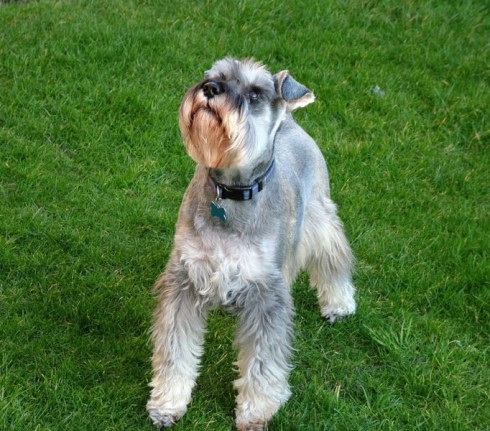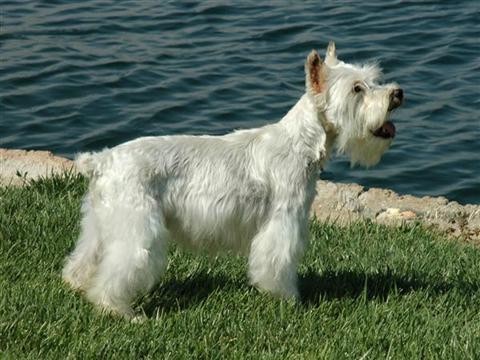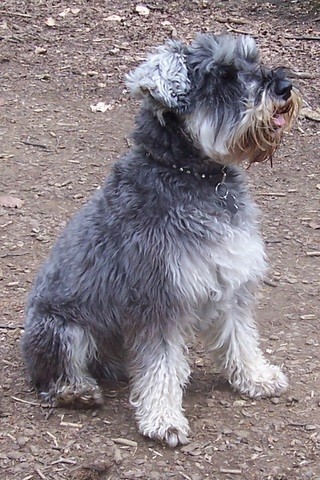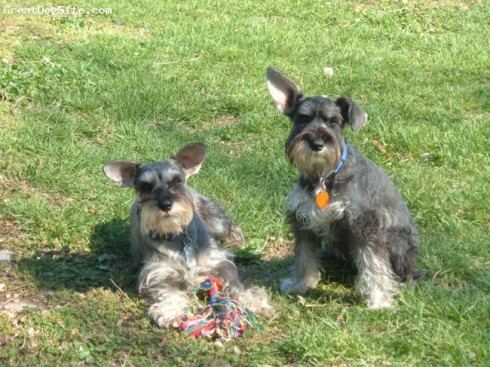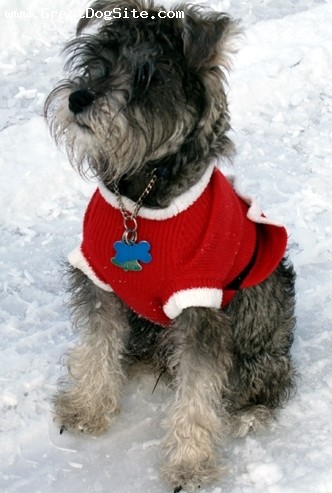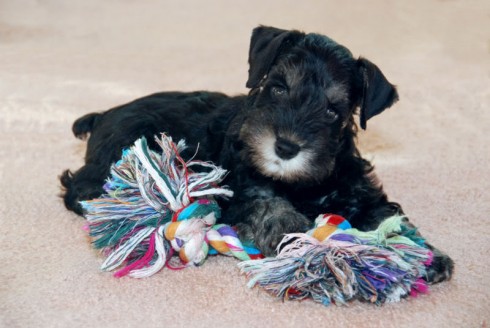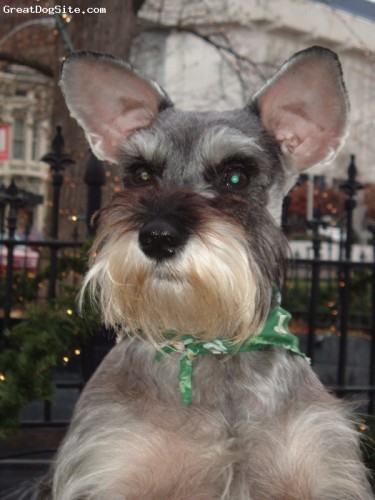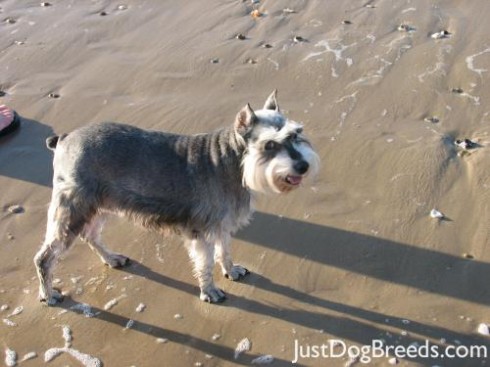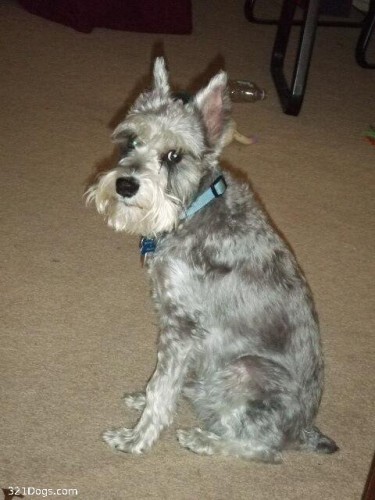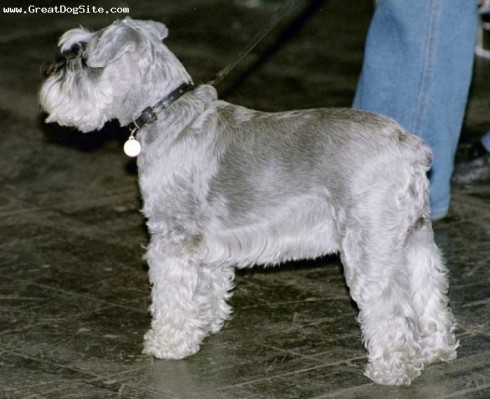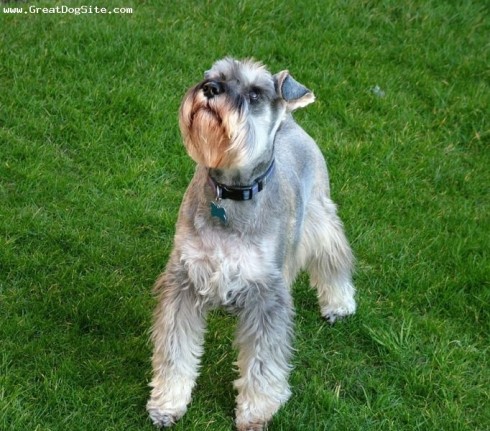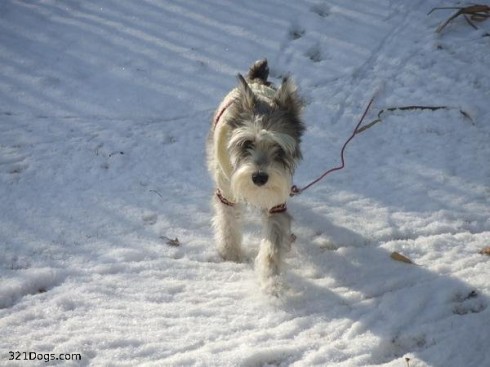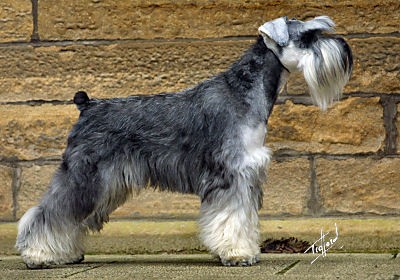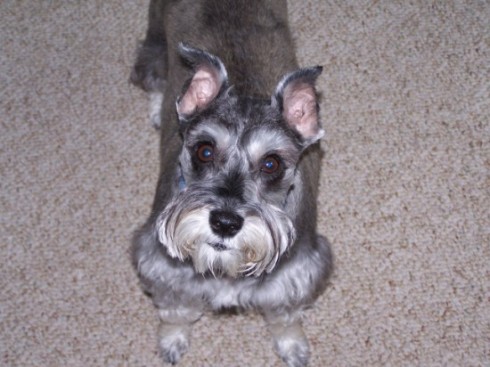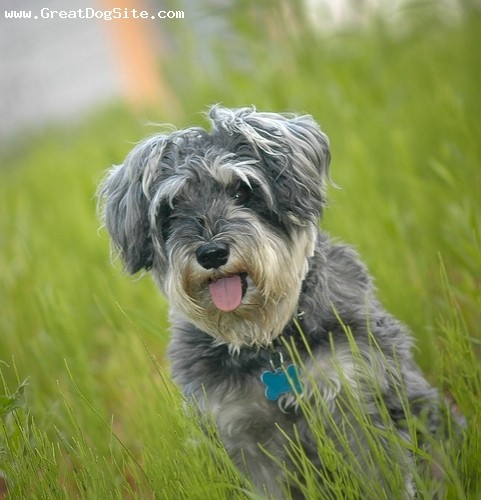Main Index
In Store
Our Web Store
Miniature Schnauzer Picture Gallery
Latest Dog Blogs
- What Are The Basic Commands To Train A Dog?
- PaySafe As The Most Popular Type Of Deposit
- Everything You Need To Know About Pet Sales
- Dogs Contribute To Our Physical And Mental Well Being
- How To Choose Where To Bet On Greyhounds In 2022
- Volunteer With Animals - How To Help Dogs Around The World
- Basic Understanding Of The House Edge
- Why You Should Get A Dog
- Top 20 Popular Dog Names Around The World
- Constipation in Dogs and How to Find Solutions
Miniature Schnauzer
Miniature Schnauzer Picture Gallery
Miniature Schnauzer Clubs/Associations
The Full Miniature Schnauzer Description
The Miniature Schnauzer is a sweet, proud dog who loves to be the centre of the household. He is devoted and playful. His special dignity shows in his whiskered face. He gets along well with people and other animals.
Did you know?
The Schnauzer is of German origin, said to be recognizable in pictures of the 15th century.
The Miniature Schnauzer is derived from the Standard Schnauzer and is said to have come from mixing of Affenpinschers and Poodles with small Standard Schnauzers. The breed was exhibited as a distinct breed as early as 1899.
The Miniature Schnauzer was originally bred to be a small farm dog, able to go to ground for all kinds of vermin.
So you want to own an Miniature Schnauzer?
The Miniature Schnauzer is an alert, spirited, friendly dog who is as much at home in a city apartment as he is in the country.
Indicative Breed Standard
General Appearance
Sturdily built, robust, sinewy, nearly square, (length of body equal to height at shoulders). Expression keen and attitude alert. Correct conformation is of more importance than colour or other purely ‘beauty’ points.
Characteristics
Well balanced, smart, stylish and adaptable.
Temperament
Alert, reliable and intelligent. Primarily a companion dog.
Head and Skull
Head strong and of good length, narrowing from ears to eyes and then gradually forward toward end of nose. Upper part of the head (occiput to the base of forehead) moderately broad between ears. Flat, creaseless forehead; well muscled but not too strongly developed cheeks. Medium stop to accentuate prominent eyebrows. Powerful muzzle ending in a moderately blunt line, with bristly, stubby moustache and chin whiskers. Ridge of nose straight and running almost parallel to extension of forehead. Nose black with wide nostrils. Lips tight but not overlapping.
Eyes
Medium-sized, dark, oval, set forward, with arched bushy eyebrows.
Ears
Neat, V-shaped, set high and dropping forward to temple.
Mouth
Jaws strong with perfect, regular and complete scissor bite, i.e. upper teeth closely overlapping lower teeth and set square to the jaws.
Neck
Moderately long, strong and slightly arched; skin close to throat; neck set cleanly on shoulders.
Forequarters
Shoulders flat and well laid. Forelegs straight viewed from any angle. Muscles smooth and lithe rather than prominent; bone strong, straight and carried well down to feet; elbows close to body and pointing directly backwards.
Body
Chest moderately broad, deep with visible strong breastbone reaching at least to height of elbow rising slightly backward to loins. Back strong and straight, slightly higher at shoulder than at hindquarters, with short, well developed loins. Ribs well sprung. Length of body equal to height from top of withers to ground.
Hindquarters
Thighs slanting and flat but strongly muscled. Hindlegs (upper and lower thighs) at first vertical to the stifle; from stifle to hock, in line with the extension of the upper neck line; from hock, vertical to ground.
Feet
Short, round, cat-like, compact with closely arched toes, dark nails, firm black pads, feet pointing forward.
Tail
Customarily docked.
Docked: Set on and carried high, customarily docked to three joints.
Undocked: Set on and carried high, of moderate length to give general balance to the dog. Thick at root and tapering towards the tip, as straight as possible, carried jauntily.
Gait/Movement
Free, balanced and vigorous, with good reach in forequarters and good driving power in hindquarters. Topline remains level in action.
Coat
Harsh, wiry and short enough for smartness, dense undercoat. Clean on neck and shoulders, ears and skull. Harsh hair on legs. Furnishings fairly thick but not silky.
Colour
All pepper and salt colours in even proportions, or pure black, or black and silver. That is, solid black with silver markings on eyebrow, muzzle, chest and brisket and on the forelegs below the point of elbow, on inside of hindlegs below the stifle joint, on vent and under tail.
Size
Ideal height: dogs: 36 cms (14 ins); bitches: 33 cms (13 ins). Too small, toyish appearing dogs are not typical and undesirable.
About Our Article Directory
- Article
- 27 November 2010
- 2 comments
Canis lupus familiaris
- Breed Article
- 29 May 2010
- No comments
Quick Search
Donate
Latest Dog Pods
- Tips on How to Stop Your Dog from Biting
- Beware - Not All Advertised Dog Rescues Really Are! How Can You Know The Truth?
- Helpful Tips For Dog Obedience Problems
- How to Keep Dogs From Eating Poop
- Dog Grooming Tips - A General Overview of the Very Basics of Dog Grooming
- Recognising Different Types of Dog Obedience Problems
- 5 Important Tips On Feeding A Puppy


